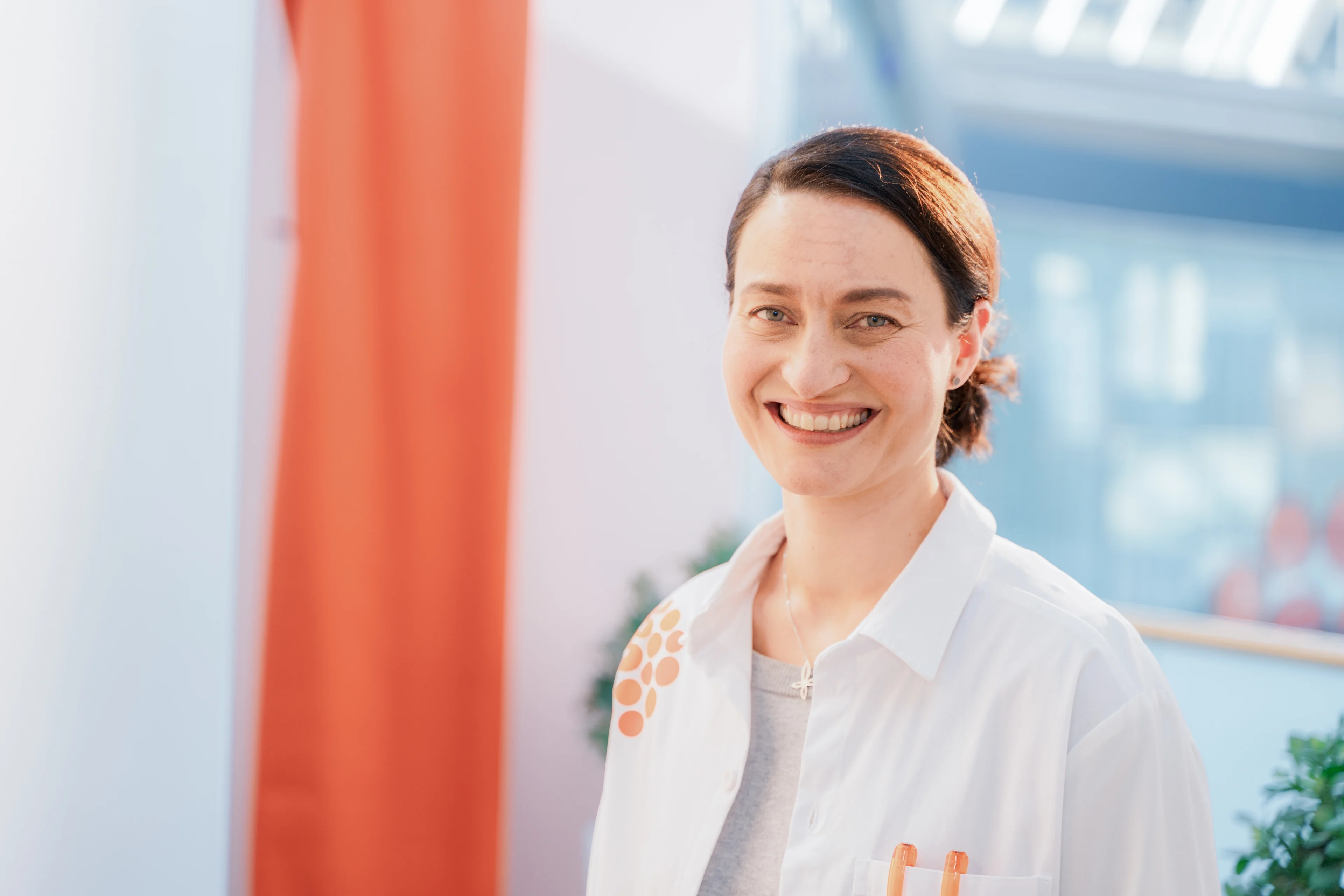
Article
Plate model for everyday time management
For many, the start of the autumn season means a return to routines. Routines can be an excellent servant but a bad master. However, the new autumn season could provide an opportunity to maintain routines that serve you well whilst eradicating ones that have become enslaving masters. Use the plate model for everyday time management to help you with this task!
In the same way as the traditional plate model, the plate model for everyday time management is also based on sectors. The sectors represent everyday time use. And the “essential nutrients” of our time use include: time spent as a family; our personal time as members of the family; routines of the home; transitions; rest and relaxation; play and exercise; friends and togetherness. Pleasant everyday life includes all these as a matter of routine.
A single activity can involve more than one of these sectors at the same time. For example, family time spent with family friends playing football and having a barbecue could include the ‘friends and togetherness’ theme as well as the ‘play and exercise’ theme. Or, taking a child to a hobby could, in addition to a transition, involve play and exercise if you play, for example, the number plate game on the way there or enjoy a jog whilst your child is participating in their activity.
Good routines fulfil effortlessly the needs of a good life. However, it is essential to keep a balance between the sectors described above so that no single sector dominates.
If life is all about household routines and transitions, with no rest and relaxation or time spent together as a family, the atmosphere at home can turn tense. But if life is all play and exercise and friends and togetherness, and no one has time to do a food shop or the laundry, day-to-day chores will start piling up.
A family is an ever-changing group of people living under the same roof. Everyone in the family keeps getting older, which alone has an impact on the way they want to spend time as a family.
You should have a discussion with your family about your family time this autumn and how big a slice of the plate model you each want it to take. If necessary, discuss how to redistribute, say, household chores, if many family members want a lot of time for their own hobbies or friends. In the long run, everyone in the family is better off if one person does not have too much on their shoulders. This allows even the youngest members of the family to learn essential life skills!
And the plate you compile this autumn doesn’t have to stay the same through the year. You can update it in the spring by having a chat as a family.
Request an offer on occupational health services
Would you like to hear how we can support the wellbeing of your work community?
Let's build an occupational health solution together that supports both body and mind.





